King Indradumnya asked the Lord to keep him issuless, as then nobody will be able to claim the Jagannath temple as his own. The Lord agreed but queen Gundicha was aghast – with no earthly heirs she took the Lord to be her son and extracted a promise that he will visit his Gundicha home for a week every year. According to some treatises of Mahabharata Subhadra, wanted to visit Dwarka, her parent’s home, and her brothers took her back to Dwarka on this day. Thus, The Chariot Festival or The Car Festival or popularly called as Rath Yatra is a commemoration of that visit.
Another legend says, the festival has its foundation in the residents of Vrindavan bringing back their Lords, Krishna, Balaram and Lady Subhadra from Kurukshetra.
The Bhagavad Purana says that it was on this day that Krishna and Balarama went to Mathura to participate in a wrestling competition, at Kansa’s invitation. When the brothers were ready to leave for Mathura, the Gopis and Gopals – blocked their way and relented only when the Lord consoled them and allayed their fears. The Festival commemorates this overwhelming separation.
On the day of Rath Yatra the chariots of Lady Subhadra and Lord Balabhadra reach directly the Gundicha temple, the chariot of Lord Jagannath stops at his Mausima (Aunt’s) Goddess Ardhamsini temple. Here the Lord is offered with Poda Pitha then the chariot proceeds towards the Gundicha Temple. After reaching the Gundicha Temple the Lords receive all the routine Rituals same as they used to receive in the main temple.
The Lords reach the Gundicha temple. There, in their Garden House, Adapa Mandapa, also known as their place of birth, the deities stay for seven days. On the ninth day of the festival, Bahuda Jatra, the grand return journey takes place. On the way back they stop for a short while and partake of poda pitha (sweet reciepie), a type of cake made of rice, lentils, jaggery and coconut, offered by their aunt. On reaching back the main temple, the deities, on their chariots, don the golden attire or the suna besa, with hands, arms and crown made of solid gold. They are also offered sweet drinks, adhara pana, on huge cylindrical earthen pots reaching up to their lips. They are taken down from the chariots in a ritual descent to enter the temple.
The Lord does not have it easy however – Goddess Laxmi, angry at the Lord having left her alone refuses him entry into the temple. Her anger, jealousy and frustration is articulated by her companions, represented by a group of servitors from inside. Another group representing Lord Jagannatha respond with entreaties and endearments. The Lord has to answer 9 questiones posed by the Goddess. In the answer, equality between all devotees and social status and freedom of ladies are recognised by the Lord. After re-enacting this drama of daily domestic tiffs of mere mortals, the celestial couple finally make up.
The Lord uses Oriya in his cajoling of Goddess Laxmi – there are many versions but it basically starts and end this way:
Who are you? (Kia aschi)
I’m Ramanatha Nathoramayah (husband of Rama or Maya)
But why should Maya’s husband come to see Laxmi ?
Who is Laxmi to Him ?
The Lord says, “Laxmi is my life, she is in my heart”
If Laxmi was in His heart, why should He come searching for her here. The lord wonders – Where is the cool touch of the sea, the liquid lucidity of the looks of Payodhitanaya in her words.
According to some versions Lord Balabhadra or Borthakur intervenes:
“Hey Bhadre ! if my brother, Jagannatha is a wrongdoer for lapses, if any, I too am not free from your accusation. Our darling Subhadra accompanied us because of the candid wish of both the brothers and not of Jagannatha alone. Subhadra cannot remain without her brothers. And so, you were left in the temple for the genuine reason best known to you.
After all, you are the divine proprietress of the grand temple. Mind not my brother’s mistake, if any. Now open the door and let my brother enter the sanctum of the temple.”
The lady ‘Goddess Lakshmi’ gives in and finally the Lord moves into his own house house i.e in devotion called as Sree Mandir – Sree Lord Jagannath Temple, Puri dham.
In the answer, equality between all devotees and social status and freedom of ladies are recognised by the Lord. After re-enacting this drama of daily domestic tiffs of mere mortals, the celestial couple finally make up.
And thus ends with “Bahuda Yatra or Bahuda Jatra” – one of the inseperable part of Sree Lord Jagannath Rath Yatra.
This year the return journey or Bahuda Yatra or Bahuda Jatra or Ulto Rath Yatra is celebrated on July 21’ 2010. Then you can witness the Lords in their Golden Attire – Suna Bhesa ritual on July 22 on Bada Danda, Puri and after the symbolic Laxmi-Narayan feud, the deities “Lord Jagannath, Goddess Subhadra and Lord Balabhadra will enter SreeMandir on July 23’ 2010 bringing to an end the grand festival of Rath yatra – The Car festival
Toshali Sands, Puri has exclusive arrangement to take you to be the part of The Lord Jagannath Temple “Bahuda Yatra” on 21st July’2010, and entry to Sree mandir on 21st July 2010. To know more, leave your comment or contact travel desk ‘metu@toshali.in, we will get back to you.
I trust you enjoyed this post; I would appreciate, if you share it on Twitter, Facebook, Orkut and other Social Networking sites.
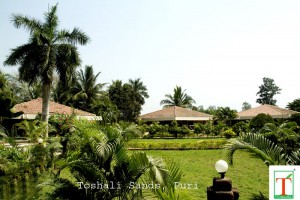


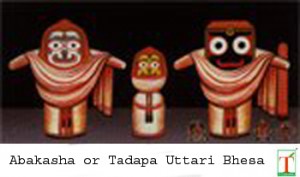
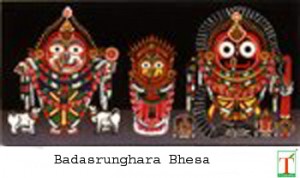
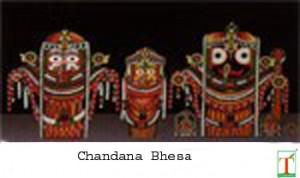

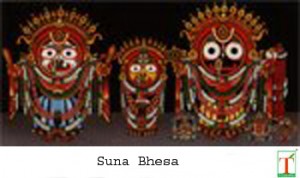
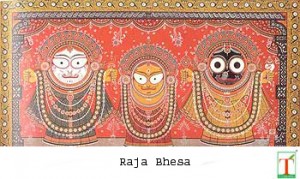
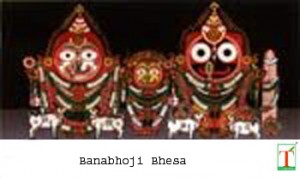
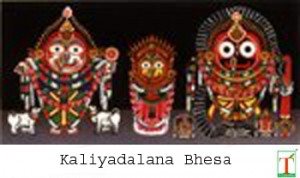

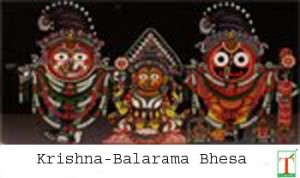




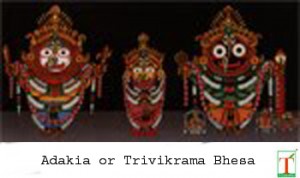

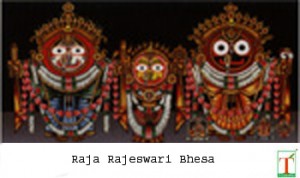
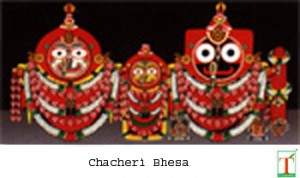

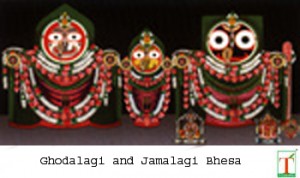
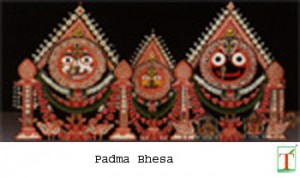




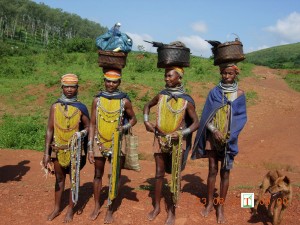

 best tropical beaches. Harminder bay beach at Hutbay Island, Karmatang beach is a turtle nesting ground, Ramnagar beach in Diglipur Island is another serene, sparsely populated beach.
best tropical beaches. Harminder bay beach at Hutbay Island, Karmatang beach is a turtle nesting ground, Ramnagar beach in Diglipur Island is another serene, sparsely populated beach.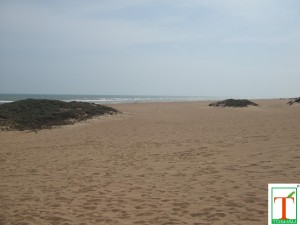 untouched by modernity. The facilities are rustic but ok. So is Candolim, the birth place of Abbe Faria, the Father of Hypnotism who counseled Napoleon Bonaparte and finds immortality as the mad monk in Alexander Dumas’s ‘The Count of Monte Christo’. Sinquerim near fort Aguada of white sands has a hiking route to Candolim beach and all the way to Baga. Bambolim beach is largely undiscovered, just before the mouth of the river Zuari. The entrance lies along the hill between Medical College and the University. Benaulim beach is more peaceful and isolated than Colva. Palolem beach, in Canacona distrct, also called “Paradise Beach” is popular for dolphin cruises and fishing trips. At the northern end of the beach is a tiny, island in the middle of a fresh water stream that can be reached by swimming at low tide. Agonda is a virgin stretch of beach off Palolem. Cavelossim is south of Colva. South of it is the Mobor beach that boasts five star resorts and a small lagoon and fishing village.Manaltheeram Ayurveda Beach Village, near Kovalam, Cherrai beach off Cochin on Yvpeen island, Kappil and Pallikere close to Bekal fort are quite beaches. Near from Fort St. Angelo, the Payyambalam beach is ideal for a romantic walk. Varkala is a quiet beach embroidered with rocky cliffs. Somatheeram – 15 acres of greenery sloping down soft, white sands that lazily stretch into an azure calm sea. A virgin and untouched beach, Poovar is surrounded by tranquil backwaters melting into the sea.
untouched by modernity. The facilities are rustic but ok. So is Candolim, the birth place of Abbe Faria, the Father of Hypnotism who counseled Napoleon Bonaparte and finds immortality as the mad monk in Alexander Dumas’s ‘The Count of Monte Christo’. Sinquerim near fort Aguada of white sands has a hiking route to Candolim beach and all the way to Baga. Bambolim beach is largely undiscovered, just before the mouth of the river Zuari. The entrance lies along the hill between Medical College and the University. Benaulim beach is more peaceful and isolated than Colva. Palolem beach, in Canacona distrct, also called “Paradise Beach” is popular for dolphin cruises and fishing trips. At the northern end of the beach is a tiny, island in the middle of a fresh water stream that can be reached by swimming at low tide. Agonda is a virgin stretch of beach off Palolem. Cavelossim is south of Colva. South of it is the Mobor beach that boasts five star resorts and a small lagoon and fishing village.Manaltheeram Ayurveda Beach Village, near Kovalam, Cherrai beach off Cochin on Yvpeen island, Kappil and Pallikere close to Bekal fort are quite beaches. Near from Fort St. Angelo, the Payyambalam beach is ideal for a romantic walk. Varkala is a quiet beach embroidered with rocky cliffs. Somatheeram – 15 acres of greenery sloping down soft, white sands that lazily stretch into an azure calm sea. A virgin and untouched beach, Poovar is surrounded by tranquil backwaters melting into the sea. you have visited Puri you would know there is a sonorous quality to the coastline. The Bay of Bengal, unlike the gentler Arabian Sea crashes around teh beaches with a deep rumbling sound. Just down the road from Puri is Toshali’s private beach – “Balighai” – The Casurina fringed beach is a treat – in solitude and expansiveness. Just laze around and see your worries melt away – the sunset is particularly attractive near the confluence of Nuanai River.
you have visited Puri you would know there is a sonorous quality to the coastline. The Bay of Bengal, unlike the gentler Arabian Sea crashes around teh beaches with a deep rumbling sound. Just down the road from Puri is Toshali’s private beach – “Balighai” – The Casurina fringed beach is a treat – in solitude and expansiveness. Just laze around and see your worries melt away – the sunset is particularly attractive near the confluence of Nuanai River.